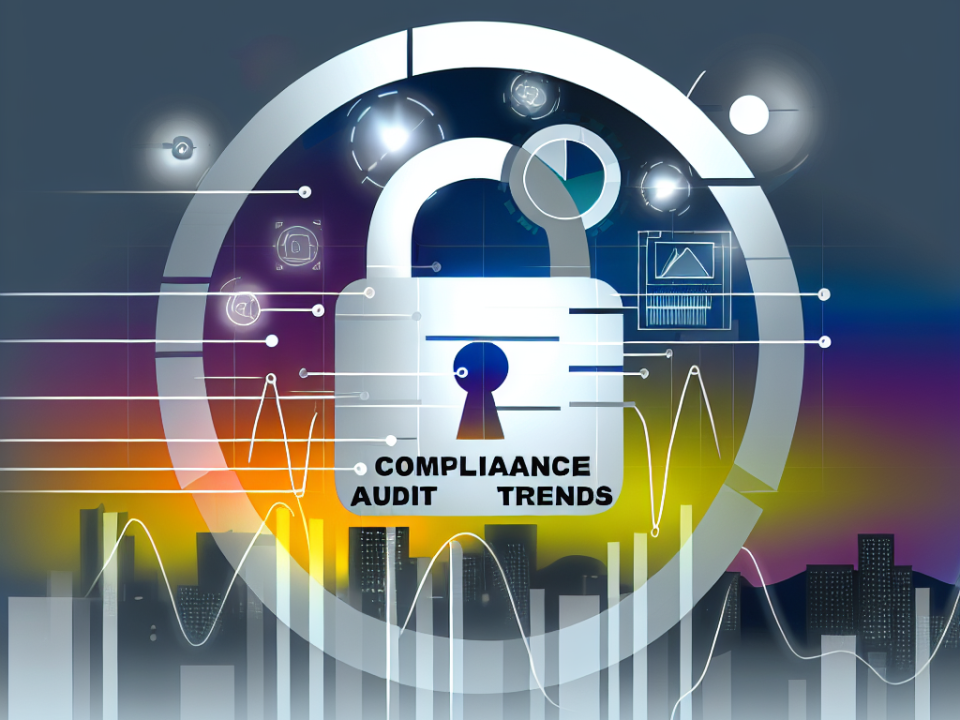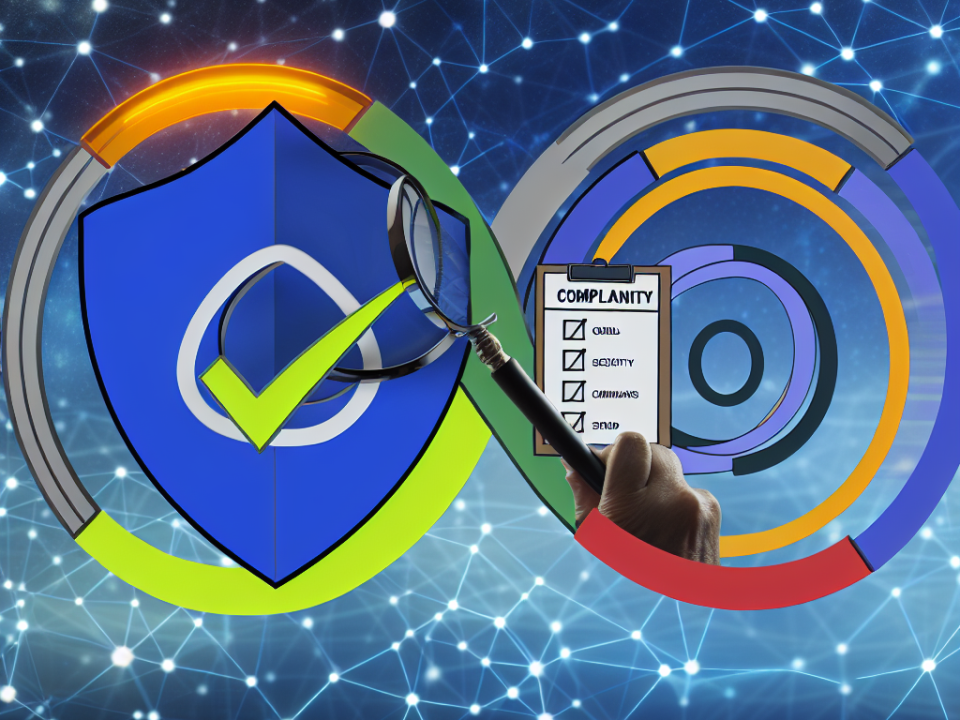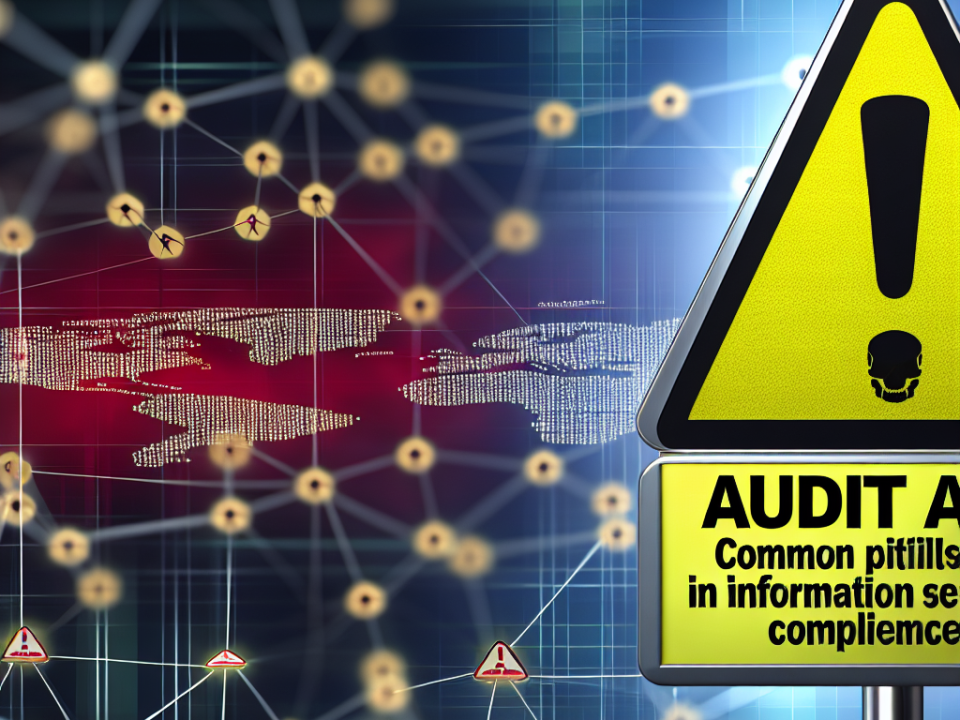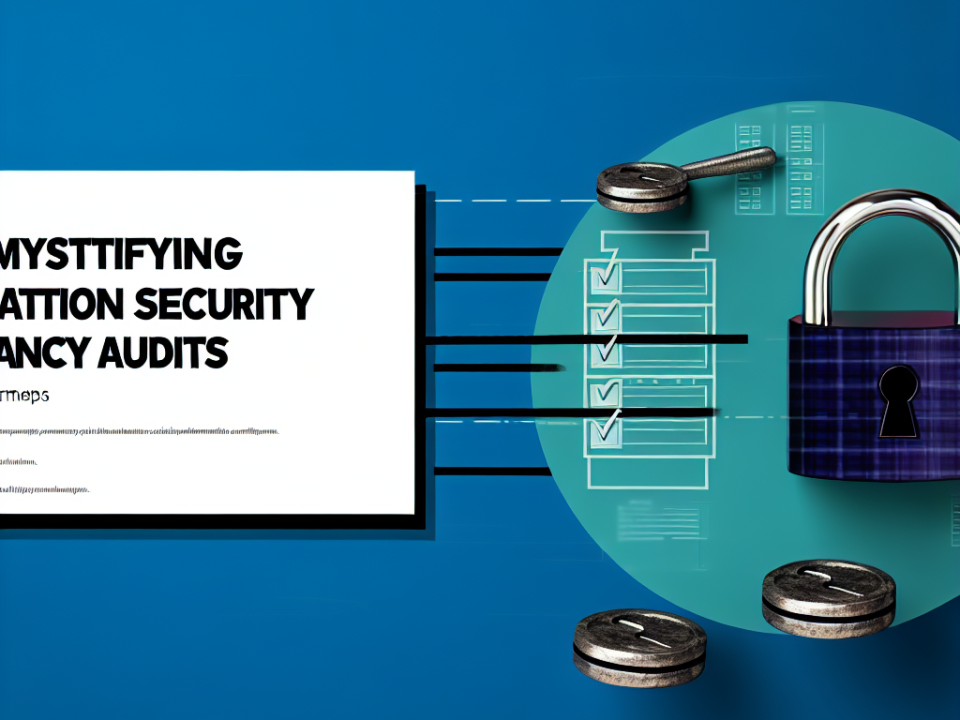
Unpacking SIEM: Essential Features That Safeguard Your Network
June 24, 2025
The Future of Cyber Defense: How SIEM is Evolving
June 25, 2025
In the contemporary landscape of technology and data management, security compliance has emerged as a critical component for organizations. For identity management (IM) professionals, grasping the intricacies of security compliance is vital. This guide aims to elucidate the importance, frameworks, and strategies for ensuring security compliance within the realm of identity management.
What is Security Compliance?
Security compliance refers to the adherence to laws, regulations, and standards designed to protect data and information systems against unauthorized access, breaches, and other threats. In the identity management domain, this involves ensuring that user identities, access rights, and data handling processes meet regulatory requirements and industry best practices.
Importance of Security Compliance
-
Risk Mitigation: Non-compliance can lead to significant vulnerabilities. Organizations that fail to comply with security standards are at increased risk of data breaches, which can result in data loss, financial penalties, and reputational damage.
-
Regulatory Obligation: Many industries are subject to stringent regulations such as GDPR, HIPAA, PCI-DSS, and SOX. Compliance with these regulations is not discretionary; failure to comply can lead to severe legal consequences.
-
Customer Trust: Compliance enhances customer confidence. When organizations demonstrate that they are committed to maintaining security standards, customers are more likely to trust their data handling practices.
- Operational Efficiency: Implementing compliance measures often leads to more efficient processes and better alignment between security and business objectives.
Key Regulations and Frameworks
Familiarity with specific regulations and compliance frameworks is crucial for identity management professionals. Here are some of the primary ones:
-
General Data Protection Regulation (GDPR): This EU regulation mandates strict guidelines on the collection and processing of personal data. Key aspects include data subject rights, data minimization, and transparency.
-
Health Insurance Portability and Accountability Act (HIPAA): For organizations handling healthcare data, HIPAA compliance focuses on the protection of patient information and requires appropriate safeguards.
-
Payment Card Industry Data Security Standard (PCI-DSS): A set of security standards designed to ensure that all companies that accept, process, store, or transmit credit card information maintain a secure environment.
- NIST Cybersecurity Framework: A flexible framework designed by the National Institute of Standards and Technology to help organizations manage cybersecurity risks, with a focus on identifying, protecting, detecting, responding to, and recovering from cybersecurity incidents.
Strategies for Achieving Security Compliance
-
Conduct Regular Audits: Regular internal and external audits are essential for identifying compliance gaps. This proactive approach helps organizations stay ahead of potential issues.
-
Implement Role-Based Access Control (RBAC): RBAC ensures that individuals have access to only the information necessary for their roles, minimizing the risk of unauthorized access while fulfilling compliance obligations.
-
Data Classification and Encryption: Identifying and classifying data based on sensitivity can aid in implementing appropriate security measures. Encryption protects unauthorized access, ensuring compliance with regulatory mandates.
-
Employee Training: Regular training programs for employees can foster a culture of security awareness. Employees who understand compliance requirements are more likely to follow protocols and recognize potential threats.
-
Monitoring and Reporting: Continuous monitoring of access logs and user activity can help detect anomalies that may indicate non-compliance or security threats. Automated reporting tools can simplify compliance audits.
- Adopt a Zero Trust Model: The Zero Trust model assumes that threats could be internal or external. By continuously verifying users and devices, organizations can strengthen their security posture while adhering to compliance requirements.
Conclusion
For identity management professionals, a solid understanding of security compliance is not just advantageous; it is imperative. By bridging the gap between compliance and identity management, organizations can better protect sensitive information, foster trust with customers, and avoid costly penalties associated with non-compliance. Leveraging the outlined strategies and staying updated on regulatory changes will empower IM professionals to effectively navigate the complexities of security compliance in a rapidly evolving digital landscape.







